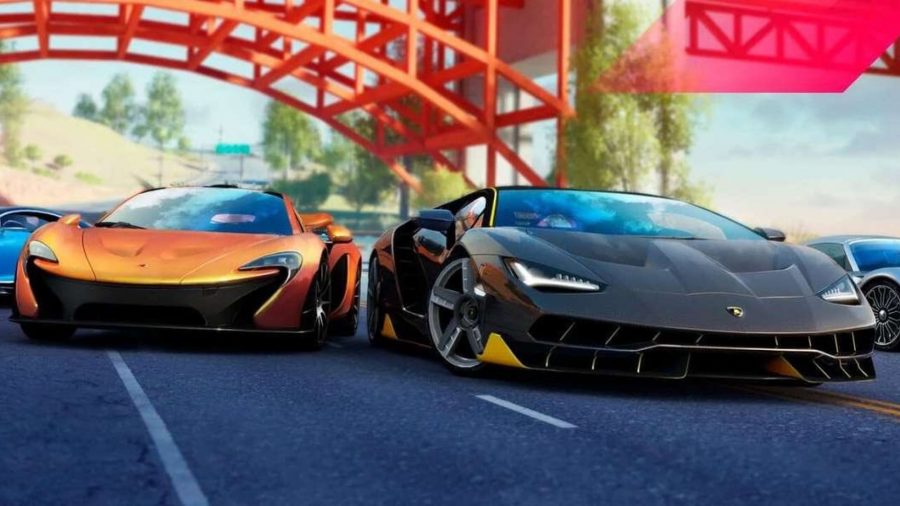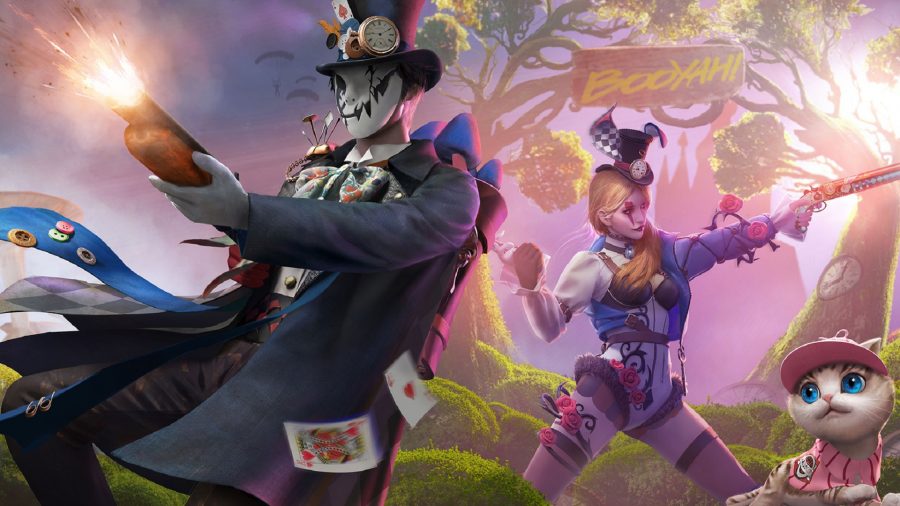When we think about the best places to go for mobile games, two major names spring to mind: the App Store and Google Play. Huawei, however, would very much like to add its own alternative, AppGallery, to that esteemed list – and it’s working hard to do so.
The digital storefront is currently used by over 530 million Huawei users each month. It now boasts 500% more games than it did a year ago, and it facilitated over 384.4 billion app downloads in 2020 alone, which is around double what it managed in 2019. As such, its games revenue and paying players have grown by 100% over the previous year.
But what makes it an appealing prospect for mobile gamers? If you’ve put all of your time and money into games tied to the App Store or Google Play, is there a good reason to jump ship? Well, I recently spoke to Huawei’s global director of gaming partnerships, Alexandre Salem, to discuss AppGallery’s ongoing development and how it’s attempting to win over mobile gamers in a big way.
It’s clear to see the recent steps forward that AppGallery has achieved with its games library. Make a quick trip to the storefront and you’ll now find plenty of the biggest mobile titles around, including Garena Free Fire and AFK Arena. It’s no real surprise, as Salem tells me that gaming is at the forefront of AppGallery’s expansion.
Outside of refining the store’s app discovery experience by introducing a Featured section, Huawei’s local editorial teams now hand-select and recommend games and apps, placing them “in front of the right audience.” Even if you do find the store’s search experience smooth and helpful, however, there’s no denying that AppGallery is still lacking the same breadth of content offered by its competition.
That said, if what you’re looking for simply isn’t available, you can always flag it using the store’s Wish List feature. You’ll then receive a handy notification if/when the game or app appears for download. It’s not quite as ideal as simply being able to grab what you want then and there, but it shows that Huawei is listening out for the wants and needs of its users. One such want is cost-saving deals, which AppGallery seems to offer in abundance via premium subscriptions and the like on its Campaigns and Gifts tabs. Salem says that the idea here is to incentivise players to try out new games and ultimately “expand their scopes of interest,” which will be essential when enticing fresh creators to hop on board.
He explains that reaching new users is one of the major challenges that developers face, so AppGallery actively starts conversations with the teams behind some of the biggest games in the world, putting forward an invitation to promote their work on the store.
Another way that AppGallery is looking to build up its catalogue is by supporting developers with their expansion into other regions, including China. “We offer extensive assistance – from policy consulting and product localisation to user acquisition and monetisation,” essentially helping devs to localise their games and better understand their target market.
AppGallery also provides developers with access to HMS Core, a hub of development kits. These allow creators to easily and cheaply integrate simple functions into their games, including achievements and leaderboards, or even optimise performance and boost testing efficiency based on game data analysis.
The store looks to “incentivise innovation and ensure ecosystem prosperity” by providing operation management over the entire development cycle. Why does this matter for you, the player? Salem simply argues that this level of support should tighten up any resource drains and allow teams to focus on making more innovative titles that put forward an “immersive and engaging gameplay experience.”
“We are intimately convinced that our recent success in attracting leading global gaming developers will generate a positive halo effect on the rest of the industry,” shares Salem. One such example he provides is the recent influx in casual games developers looking to bring their work to AppGallery, which Salem suggests is a result of its collaboration with Playrix, creator of Manor Matters, Homescapes, and more.
Beyond bulking up their libraries with the latest releases, it’s well known that platforms outside of mobile gaming use major exclusives to draw in and retain new players. This isn’t outside of the realm of possibility for AppGallery, as Salem says that exclusives and tailor-made collaborations could work “if there is a right fit.”
He argues that platform exclusivity is not, however, “a one-size-fits-all solution to win market shares,” stating that it can be a risky move on the developer’s side, is often expensive, and “poses the risk of diverting attention away from product improvement.” In the end, Salem believes that it’s also detrimental to consumers and would result in a fragmented market where good-quality content is divided across too many channels that the average person simply cannot afford.
Highly fragmented markets, such as TV or streaming subscriptions, can eventually push some “towards illegal streaming or IPTV,” according to Salem. He believes that music streaming services have found a more sustainable model built on offering the same content as the competition but with their own unique features, recommendation algorithms, and other user-friendly bonuses – a similar approach to AppGallery, then.
It might not be quite as attention-grabbing a strategy as the types of major game and developer acquisitions we see in the console or PC gaming space, but it’s one that the numbers say is perhaps working.



